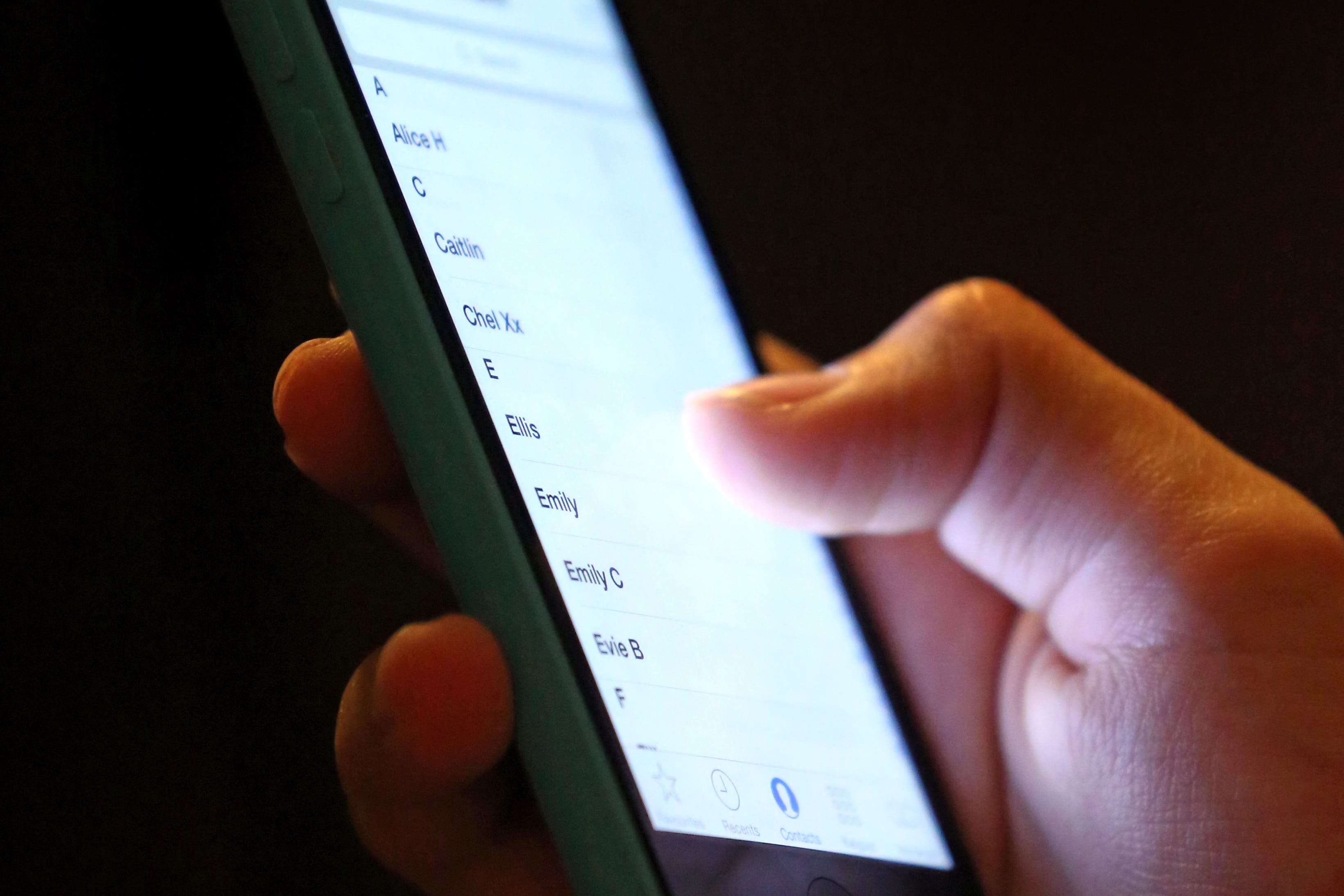More than half of teens aged 13-17 have seen violence on social media – survey
Research for the charity Youth Endowment Fund found that 55% of children aged 13-17 had seen real violence on social media.

Your support helps us to tell the story
From reproductive rights to climate change to Big Tech, The Independent is on the ground when the story is developing. Whether it's investigating the financials of Elon Musk's pro-Trump PAC or producing our latest documentary, 'The A Word', which shines a light on the American women fighting for reproductive rights, we know how important it is to parse out the facts from the messaging.
At such a critical moment in US history, we need reporters on the ground. Your donation allows us to keep sending journalists to speak to both sides of the story.
The Independent is trusted by Americans across the entire political spectrum. And unlike many other quality news outlets, we choose not to lock Americans out of our reporting and analysis with paywalls. We believe quality journalism should be available to everyone, paid for by those who can afford it.
Your support makes all the difference.More than half of young people aged 13 to 17 have seen real-life violence on social media in the past 12 months including fighting, threats and sexual assaults, research suggests.
A survey carried out on behalf of the Youth Endowment Fund (YEF) also found that 24 per cent had seen another child carrying a weapon online.
The poll of 2,025 teenagers about their experiences of violence revealed that 14% had skipped school because they feared being a victim of violence, while 65% had altered their behaviour, appearance or where they went to keep themselves safe.
Jon Yates, executive director of the YEF said: “Far too many of our children are being exposed to real-life, violent content on social media. This matters.
“Children tell us that their fear of violence leads them to skip school, lose sleep and miss out on the fun moments that make up childhood.
“It doesn’t have to be like this. Social media companies need to do much more to keep children safe online.”
About two thirds of the children surveyed, 1,377 out of 2,025, answered a question about committing violence themselves.
Just under a fifth, 19%, of those who answered the question said they had committed violence themselves in the past year, mostly kicking, hitting or shoving someone else.
The proportion of children who had seen real-life violence online varied by region.
Overall 55% of those asked had seen violent content online, rising to 60% in the North West, North East and London; and dropping to 44% in the South West.
People and especially children are desensitised to the horror that circulates around.
The most common forms of violence were fights (44%) and threats to beat someone up (33%), but 13% had seen sexual assaults and 24% saw someone carrying a weapon.
Fatoumata Bayo Diba, 19, a member of the YEF Youth Advisory Board, said: “Unfortunately, I was not surprised by most of the report’s findings, especially when it comes to children being exposed to violence through social media. I’ve got younger siblings.
“It worries me how accessible this type of content can be to them. What worries me the most is that seeing violence everywhere you go has become the norm. People and especially children are desensitised to the horror that circulates around.”
The YEF funds schemes to stop children and young people being affected by violence, as well as research into the most effective ways to do so.
Iryna Pona, policy manager at The Children’s Society, said the charity’s own research found that nearly one in five children has been a victim of crime or anti-social behaviour and almost four in 10 young people were worried about being a victim.
She said: “Violence puts young lives at risk and causes enormous damage to children’s happiness, learning and life chances.
“We see through our services that when children are harmed by violence, it is not a lifestyle choice, but often the result of them being groomed and exploited by criminals or sexual predators.”